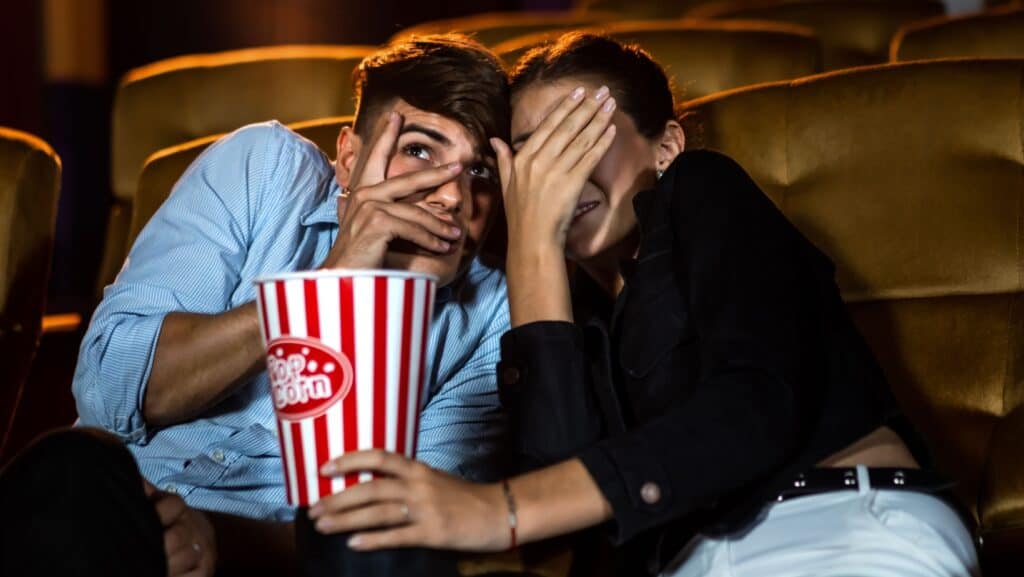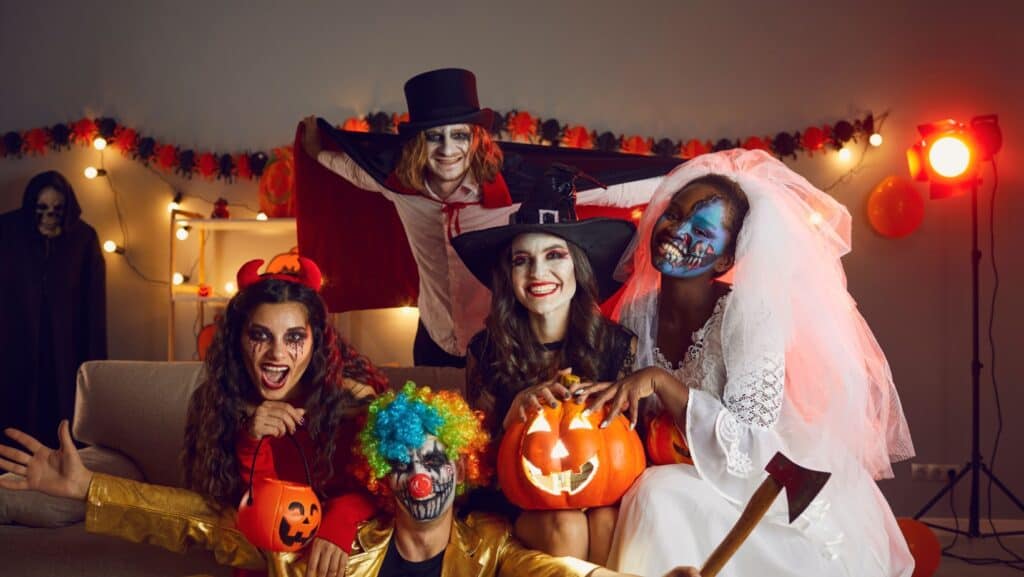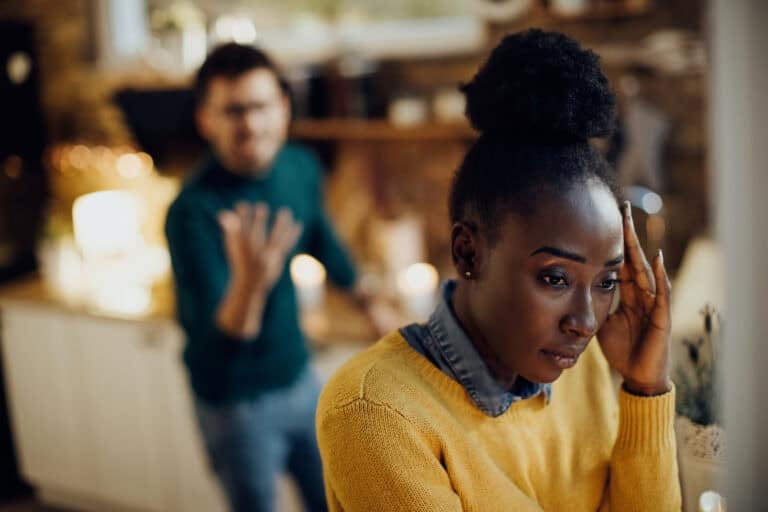The Haunted Economy of Halloween: Why We Spend Billions to Be Scared
Americans will spend over $12 billion this October on costumes, candy, and haunted thrills—making Halloween one of the nation’s most powerful economic engines.
Every October, orange and black take over store shelves. Candy is stacked floor to ceiling, costumes line the aisles, and entire neighborhoods transform into spooky wonderlands. Halloween might feel like a playful holiday meant mostly for kids, but behind the cobwebs and pumpkins lies a serious economic engine. What started centuries ago as a harvest festival with mystical roots has become one of the largest consumer spending events of the year. Americans now spend billions on costumes, candy, decorations, and haunted attractions, making Halloween second only to the winter holidays in terms of overall impact.
But why do we pour so much money into being scared and sweetened for just one night? The answer lies in a mix of psychology, tradition, and marketing brilliance.
Billions on the Table
According to the National Retail Federation, Americans are projected to spend over thirteen billion dollars on Halloween in 2025. That figure is more than double what consumers spent two decades ago. Candy alone is expected to account for more than three billion dollars, while costumes for kids, adults, and pets will claim another three billion. Decorations, including everything from simple window clings to elaborate animatronic displays, are estimated to exceed four billion. The rest comes from spending on haunted house tickets, pumpkins, parties, and accessories.
Halloween has become a season rather than a single day. Consumers begin shopping for supplies as early as September, and retailers use the long build-up to keep people buying. Temporary pop-up stores appear in empty strip malls, while big-box chains devote entire sections to Halloween merchandise. Online retailers add to the frenzy with themed collections and viral products that spread across social media.
The Business of Fear

Why do we willingly spend so much money to be scared? Psychologists suggest that fear in a controlled environment is one of the most reliable ways to feel excitement. When we enter a haunted house or watch a horror film, our bodies release adrenaline. Our hearts race, our palms sweat, and we experience a rush of heightened alertness. The key difference is that our brains also know we are safe. That combination of danger without real risk creates an addictive thrill.
Haunted attractions, from corn mazes to full-scale theme park productions, rely on this psychology. The haunted house industry in the United States alone is estimated to bring in hundreds of millions of dollars each year. Many of the largest attractions now rival Broadway productions, with professional actors, custom soundtracks, and sophisticated set designs. Guests are not just paying for a scare; they are paying for an immersive experience that transports them to another world for a short time.
Costumes as Identity
Costumes are another major driver of spending, and they are not just for kids. Adult participation in Halloween has grown steadily since the 1970s, and today adults spend more on costumes than children do. The reasons are both cultural and psychological. Costumes allow people to experiment with identity, to embody a character or idea they might never express in everyday life. Whether dressing as a superhero, a celebrity, or a classic monster, the experience provides a temporary escape from routine.
Pet costumes have also exploded in popularity. Once a novelty, they are now a regular part of the Halloween market. According to surveys, more than twenty percent of pet owners plan to dress their animals for the holiday, adding hundreds of millions to the overall spending total.
Candy and the Economics of Sugar
No Halloween would be complete without candy. The ritual of trick-or-treating may not be as old as many think, but it has become deeply ingrained in American culture. Each year, families purchase massive bags of fun-sized treats to hand out, while children bring home stashes that can last for weeks. The National Confectioners Association reports that Halloween accounts for over twelve percent of annual candy sales in the United States.
Candy companies plan months in advance for Halloween, producing limited edition flavors and packaging to capture consumer interest. Inflation has pushed prices higher in recent years, particularly as global costs of cocoa and sugar have soared. Yet sales remain strong, showing that candy is considered an essential part of the holiday. Even budget-conscious families are reluctant to cut back on Halloween treats, because the ritual of giving and receiving candy is central to the celebration.
Halloween as Community
One reason Halloween maintains such a strong economic presence is that it fosters community. Trick-or-treating is not just about candy; it is about neighbors opening their doors and creating a shared experience. Towns organize parades, festivals, and trunk-or-treat gatherings, all of which generate revenue for local businesses. Restaurants offer themed menus, bars host costume contests, and seasonal attractions draw visitors from surrounding areas.
Tourism is another piece of the puzzle. Cities with strong Halloween reputations, such as Salem, Massachusetts or Sleepy Hollow, New York, attract thousands of visitors each year. Hotels, restaurants, and shops all benefit from the influx, turning Halloween into a regional economic driver. In some cases, the holiday supports entire local economies for the fall season.
Inflation and Supply Chain Spooks

Like other holidays, Halloween has been affected by broader economic challenges. Inflation has raised the price of candy, decorations, and costumes. Supply chain disruptions in recent years have left some shelves emptier than usual, particularly when it comes to popular costumes or imported decorations. Despite these obstacles, consumer surveys show that people remain committed to celebrating. Halloween offers a relatively affordable way to enjoy family fun compared to vacations or major gift-giving holidays, which may explain why spending continues to rise even during economic uncertainty.
The Future of Halloween Spending
Halloween continues to evolve along with consumer habits. Younger generations show a preference for experiences over material goods, which means haunted attractions and themed events may see continued growth. Social media platforms like TikTok influence costume trends almost overnight, creating viral demand for characters and styles that did not exist a month earlier.
Sustainability is also becoming more important. Some consumers are turning to thrift stores or clothing swaps for costumes, and there is a growing market for reusable decorations. Candy companies face pressure to reduce plastic packaging, and pumpkin farms are promoting local produce as an eco-friendly option compared to synthetic decorations.
Why We Keep Spending
Halloween’s success as an economic force is not simply about marketing. It speaks to a fundamental human desire for play, community, and storytelling. By purchasing costumes, candy, and decorations, people buy more than physical items. They buy a night of laughter, memory-making, and even a little bit of fear. In a culture where daily life often feels serious, Halloween gives permission to step into another world. That may explain why, even as costs climb, the holiday continues to thrive.







